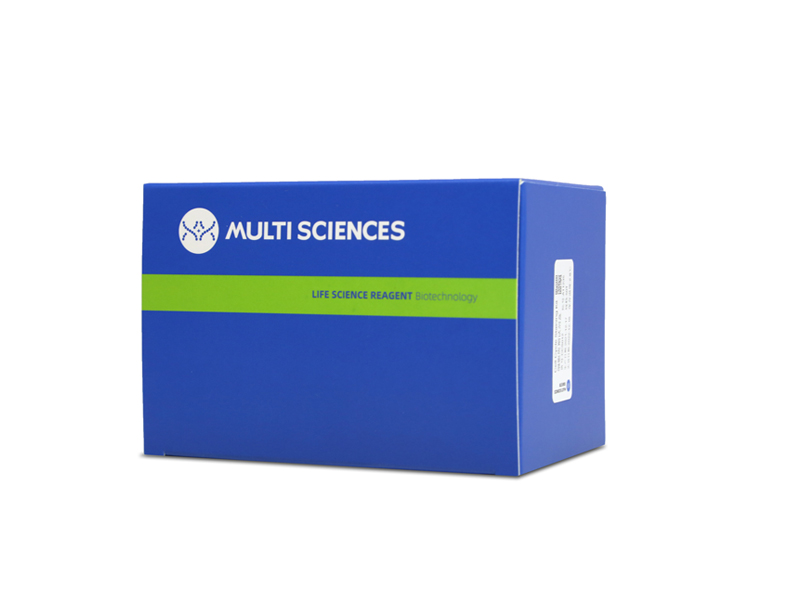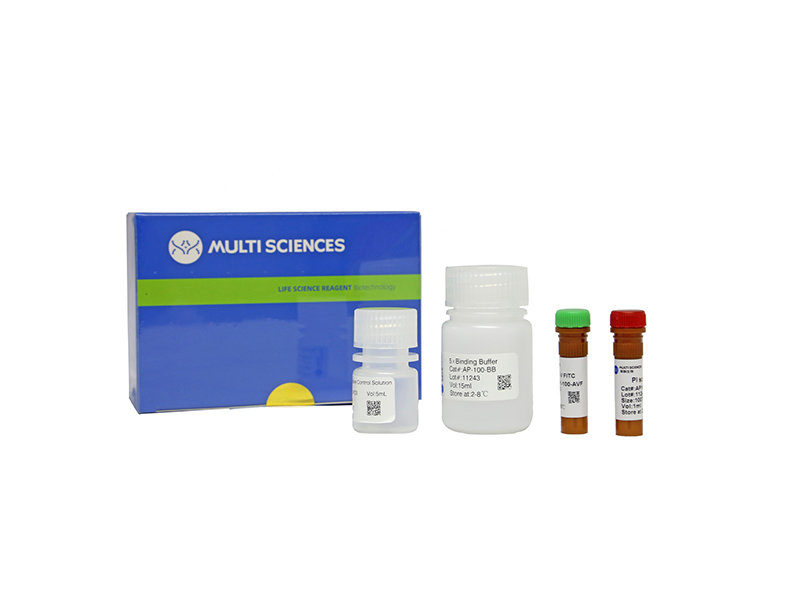Fascioliasis is an important zoonotic helminthic disease caused by Fasciola hepatica and poses a serious threat to global public health. To evade the immune response of its host (humans or animals), F. hepatica secretes various antioxidant enzymes such as glutathione transferase (GST) to facilitate its invasion, migration and parasitism in vivo. To investigate the biological functions of a novel omega-class GST (GSTO), the molecular features of GSTO2 of F. hepatica were analyzed by online software, and the biochemical properties in vitro of recombinant GSTO2 (rGSTO2) were dissected. Then, the regulatory roles of rGSTO2 protein in murine macrophages in vitro were further explored. The results revealed that the GSTO2 gene encodes 254 amino acids, which harbor the characteristic N-terminal domain (βαβαββα) and C-terminal domain (α-helical) of the cytoplasmic GST superfamily. GSTO2 was mainly expressed in F. hepatica vitelline follicles, intestinal tract, excretory pores and vitelline cells, with thioltransferase and dehydroascorbate reductase activities. Moreover, rGSTO2 protein could be taken up by murine macrophages and significantly inhibit the viability of macrophages. In addition, rGSTO2 protein could significantly promote apoptosis and modulate the expression of cytokines in macrophages. These findings suggested that F. hepatica GSTO2 plays an important role in modulating the physiological functions of macrophages, whereby this protein might be involved in immunomodulatory and anti-inflammatory roles during infection. This study provided new insights into the immune-evasion mechanism of F. hepatica and may contribute to the development of a potential anti-inflammatory agent.
文章引用产品列表
-


- AT001 7 Citations
- FCM
Accutase Enzyme (Accutase 酶) 100mL
- ¥800.00
-
- AP101 1755 Citations
- 凋亡试剂盒
Annexin V-FITC/PI Apoptosis Kit(适用于除C6以外的流式细胞仪)
- ¥630.00 – ¥1,280.00
-
- AP101C 302 Citations
- 凋亡试剂盒
Annexin V-FITC/PI Apoptosis Kit (C6专用)
- ¥630.00 – ¥1,280.00



